
This image was captured by Jupiter-bound Galileo spacecraft as it passed near the Moon in 1992. The picture was combined in an exaggerated false-colour scheme to explore the composition of lunar surface as changes in mineral content produce subtle color differences in reflected light. Image Credit: NASA/JPL
LONDON (BNS): Despite its premature termination, India’s maiden Moon mission Chandrayaan-1 has gathered data for a total of 30 solar flares, providing the most accurate measurements till date of various minerals present in the lunar surface.
The Chandrayaan-1 X-ray Spectrometer (C1XS), over its ten months of operation, has enabled scientists to determine the geochemistry of several key new areas of the Moon, which will add some vital clue to the jigsaw of mineralogy of the lunar surface.
The results have been presented last week at the European Planetary Science Congress in Potsdam, Germany, by the instrument’s Principal Investigator, Professor Manuel Grande.
“The C1XS team will be analysing the data collected during the Chandrayaan-1 mission over the next few months and the results will help us further our knowledge of the Moon and planetary formation,” said Professor Grande.
The enhanced performance of C1XS, which exceeded its design specification, has detected several minerals like magnesium, aluminium, silicon, calcium and iron in the Moon’s surface, Europlanet said in its website.
“The design of the instrument has been proved very successful in that it withstood passage through the Earth’s radiation belts and went on to produce these wonderful high-resolution spectra. We were able to separate clear peaks for each of the target elements, allowing us not only to identify where they are present but give an accurate estimate for how much is there. The technology developed for C1XS opens up some exciting opportunities for future missions,” Professor Grande said.
The miniature C1XS instrument probed the lunar surface using an effect whereby X-ray illumination from the Sun causes rocks to fluoresce, emitting light at a different wavelength. This re-emitted light contains spectral peaks that are characteristic of elements contained in the rock, thereby revealing its composition. Solar flares act like a flash bulb, rendering added glow and enabling C1XS to ‘see’ more elements.
During normal conditions, C1XS detected magnesium, aluminium and silicon and collected data on the levels of these elements, enabling detailed mapping of areas of the lunar surface.
During the 30 solar flares, C1XS detected calcium and iron (and sometimes titanium, sodium and potassium) in key areas in the southern hemisphere and on the far side of the Moon. The spectral resolution of 50 km was much better than previous missions, the statement said.
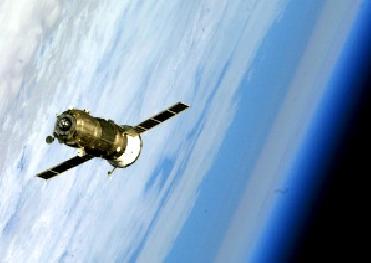 Previous Article
Previous Article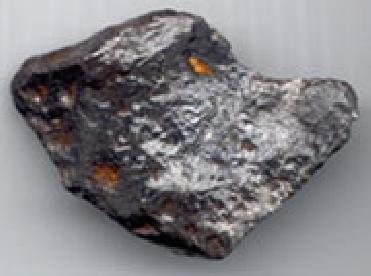 Next Article
Next Article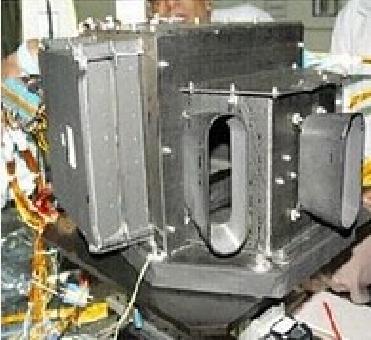

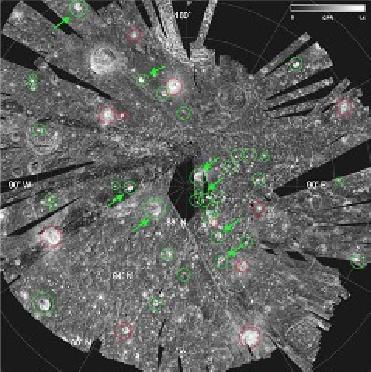
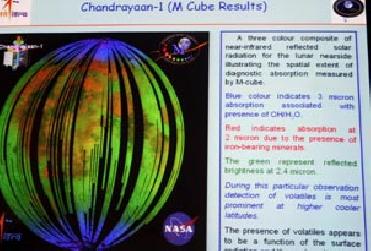










The Indian Air Force, in its flight trials evaluation report submitted before the Defence Ministry l..
view articleAn insight into the Medium Multi-Role Combat Aircraft competition...
view articleSky enthusiasts can now spot the International Space Station (ISS) commanded by Indian-American astr..
view article